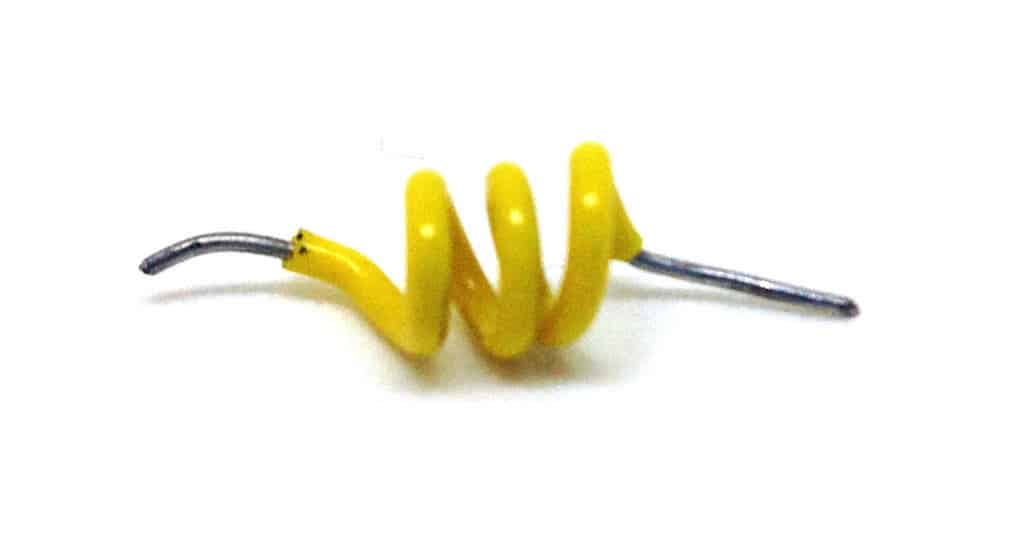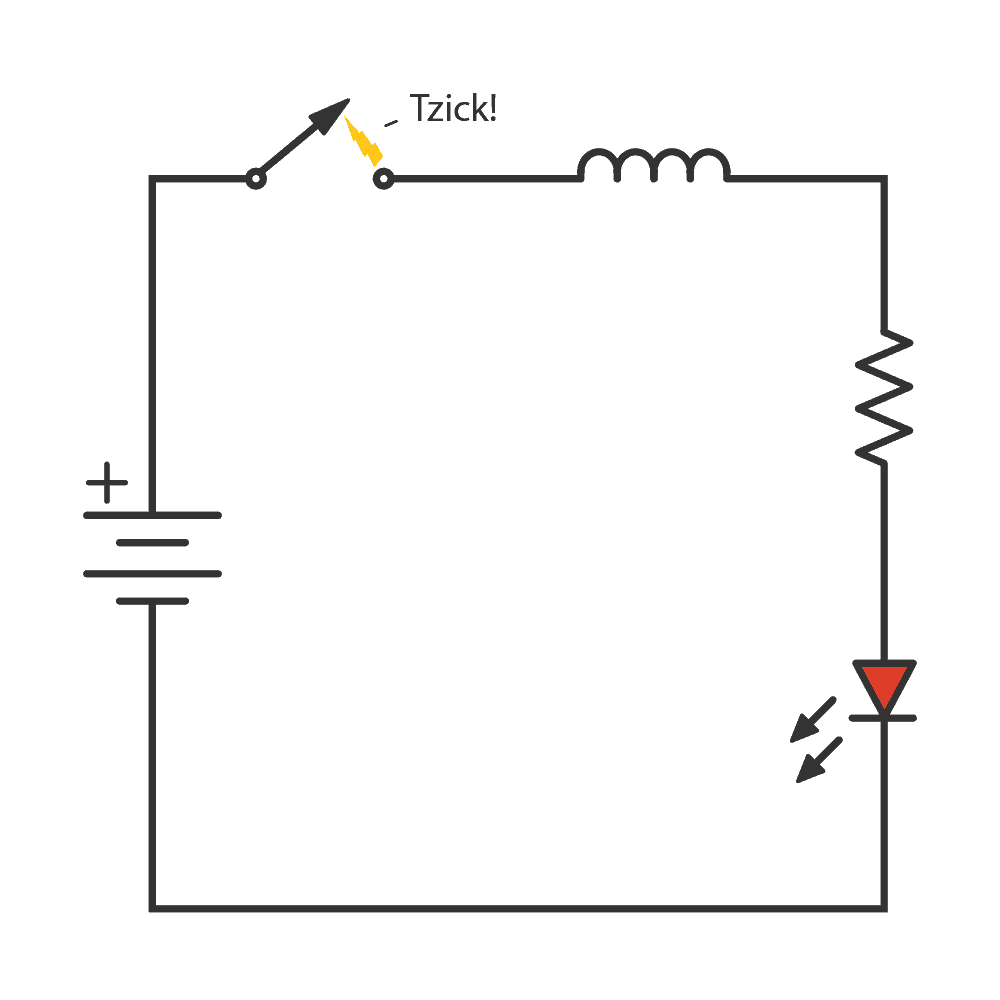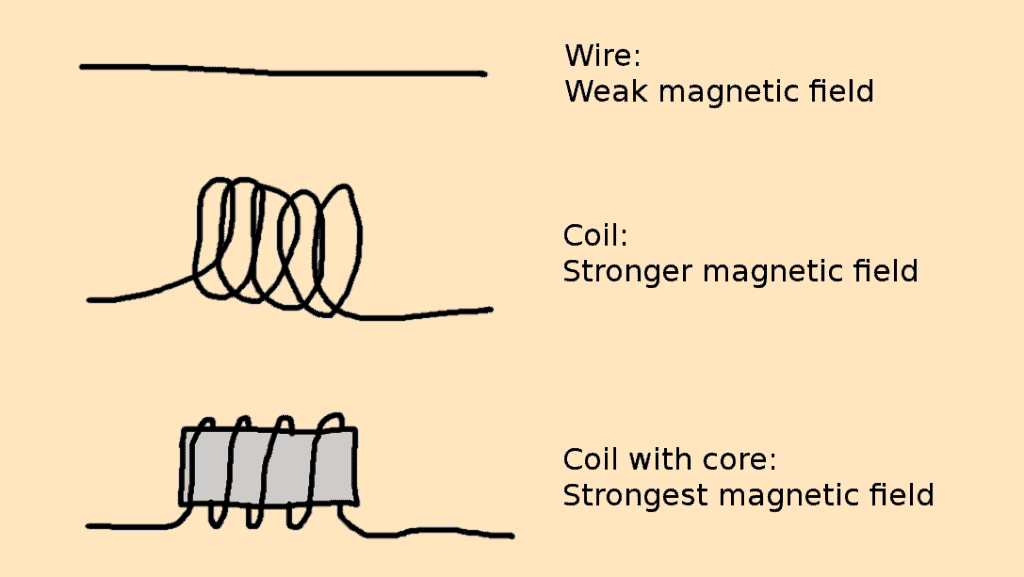Saturday, 30 May 2020
Paper-thin gallium oxide transistor handles more than 8,000 volts
Friday, 29 May 2020
Researchers discover new high-pressure material and solve a periodic table puzzle
Configurable circuit technology poised to expand silicon photonic applications
Wednesday, 27 May 2020
PCB Design Basics: Beginners Guide to Get Started
A Printed Circuit Board or PCB is one component that is present in almost all the electronic equipment we use in our daily life. It forms the foundation of any circuit. A PCB is where all the electrical/electronic components are held together and interconnected without any wires. The connections on the PCB, is not only permanent [...]
The post PCB Design Basics: Beginners Guide to Get Started appeared first on Electronic Circuits and Diagrams-Electronic Projects and Design.
How to combine components?
“How to combine components to get a specific function?”
Many people ask me this.
But that’s like if you want to learn the piano and ask:
“How to combine notes to play a specific song?”
What you need to do to learn to play the piano is to practice playing the piano.
No matter how much music theory you read, you need to play the piano to really learn how to combine notes to play specific songs.
After a while you’ll learn which note sounds good together. And you get a good ear for which notes are in a song, so you can play it by ear.
It’s the same with electronics.
Practice building electronics, and you will learn which combinations of components that give you specific functions.
Start with the basics.
Learn what each component does on its own.
Then continue to build simple circuits that combine the basic components.
When you got the basics down, try something harder. Find schematics online. If you need a timer for a project, look for a timer circuit diagram. If you need to sense light, look for light-sensing circuits.
As a member of Ohmify you’ll get access to lessons that take you through this first phase, to get the basics down.
You can continue with more advanced lessons in microcontrollers, circuit board design, and much more. And you’ll get to build really cool things too.
If you’re not a member yet, you can purchase access here:
Also, if you ask more specific questions, you will get more specific answers.
Instead of asking “How to combine components to get a specific function?”
Ask for example “What does a timer circuit look like?”
Keep On Soldering!
Oyvind @ build-electronic-circuits.com
Copyright Build Electronic Circuits
Friday, 22 May 2020
Researchers boost microwave signal stability a hundredfold
Novel device harnesses shadows to generate electricity
Thursday, 21 May 2020
'One-way' electronic devices enter the mainstream
Planning to start a tech podcast? Here’s all you need to know
Podcasts have become a valuable piece of online content, and their popularity is growing as we speak. With as little as a Google search, you can find a podcast dedicated to nearly any industry or niche, meaning those wanting to venture into the world of podcasts have a lot of competition going around. Whether you [...]
The post Planning to start a tech podcast? Here’s all you need to know appeared first on Electronic Circuits and Diagrams-Electronic Projects and Design.
Researchers breaking new ground in materials science
Quantum leap: Photon discovery is a major step toward at-scale quantum technologies
Riddled with holes: Making flexible thin-film electronics more durable
Behind the scenes of Ohmify [VIDEO]
Every week I sit down to write this newsletter.

And I usually spend about an hour.
But today when I was sitting down to write, I had an impulse.
I wanted to create a behind-the-scenes video tour of Ohmify.
So that you can get a better idea of what it is.
And decide whether it’s for you or not.
I thought I could do it in one hour, but here I am 6 hours later…
Anyway, I’ve just uploaded the video to YouTube and you can find it here:
If you want to join us, you can find membership pricing and other details from the Become A Member page at Ohmify.com.
And if you have any questions, just reply to this email.
Keep On Soldering!
Oyvind @ build-electronic-circuits.com
Copyright Build Electronic Circuits
Tuesday, 19 May 2020
Research takes electrons for a spin in moving toward more efficient, higher density data storage
Saturday, 16 May 2020
Observation of intervalley transitions can boost valleytronic science and technology
Atomically thin magnets for next generation spin and quantum electronics
Friday, 15 May 2020
Scientists break the link between a quantum material's spin and orbital states
Coordination polymer glass provides solid support for hydrogen fuel cells
Thursday, 14 May 2020
Making quantum 'waves' in ultrathin materials
Tuesday, 12 May 2020
What Is An Inductor?
I have received some emails with the question “What is an inductor?”. And I realized that it is a really good question. Because it’s kind of a strange component.
An inductor is just a coil of wire.
It’s incredibly easy to make one — just make some loops with a wire. But because wires create magnetic fields, you’ll soon see that it can do some interesting stuff.

The Inductor in a Circuit
If you’re learning electronics, the first important question is: What does the inductor do in a circuit?
An inductor will resist changes in current.
In the circuit below, you have an LED and a resistor in series with an inductor. And there’s a switch to turn the power on and off.

Without the inductor, this would just be a normal LED circuit and the LED would turn on right away when you flip the switch.
But the inductor is a component that resists changes in current.
When the switch is off, there is no current flowing. When you flip the switch on, current starts flowing. That means there is a change in current which the inductor will resist.
So instead of the current going from zero to maximum right away, it will gradually increase up to its maximum current.
(The maximum current for this circuit is set by the resistor and the LED.)
Since the current decides the light-intensity of the LED, the inductor makes the LED fade in instead of turning on instantly.
Note: You’d need a very large inductor to be able to see the LED fade in the circuit above. It’s not something that you’d use an inductor for. But use it as a mental image of what the inductor does in a circuit.
What Happens When You Disconnect the Inductor?
The inductor also resists the current from switching off instantly. The current won’t just stop flowing in the inductor in an instant.
So when you switch off the power, the inductor will try to continue the current flow.
It does this by quickly increasing the voltage across its terminals.
It actually increases so much that you can get a little spark across the pins of your switch!

This spark makes it possible for the current to keep flowing (through the air!) for a fraction of a second until the magnetic field around the inductor has broken down.
That’s why it’s common to place a diode in reverse across the coil of a relay or a DC motor. This way, the inductor can discharge through the diode instead of creating high voltages and sparks in the circuit.
FREE Bonus: Download Basic Electronic Components [PDF] – a mini eBook with examples that will teach you how the basic components of electronics work.
How Inductors Works
Any wire with current flowing through it has a small magnetic field surrounding it.
When you wind the wire into a coil, the field becomes stronger.
If you wind the wire around a magnetic core, such as steel or iron, you’ll get an even stronger magnetic field.
This is how you create an electromagnet.

The magnetic field around the inductor depends on the current. So when the current changes, the magnetic field changes.
When the magnetic field changes, a voltage is created across the inductor’s terminals that oppose this change.
What Can You Use Inductors For?
It’s not that common to see discrete inductors in the typical example circuits for beginners. So if you’re just starting out, you probably won’t come across them just yet.
But they are very common in power supplies. For example, to create a buck or boost converter. And they are common in radio circuits to create oscillators and filters.
What you will come across much more often though, is electromagnets. And they are basically inductors. You’ll find them in almost everything that moves from electricity. Like relays, motors, solenoids, speakers and more.
And a transformer is basically two inductors wound around the same core.
If you want to learn how to other electronics components work, continue to the basic components in electronics.
Copyright Build Electronic Circuits
Monday, 11 May 2020
Future information technologies: 3D quantum spin liquid revealed
Friday, 8 May 2020
Computer vision helps scientists study lithium ion batteries
Thursday, 7 May 2020
Artificial intelligence is energy-hungry -- new hardware could curb its appetite
Shedding new light on nanolasers using 2D semiconductors
Wednesday, 6 May 2020
What I’ve been up to during lockdown (Hint: Creating)

I hope you are well during these lockdown times.
While writing this, I’m sitting on our balcony and enjoying the sun. I have a beautiful view of green trees with newly sprung white flowers. The pleasant scent of the flowers, and the calming sound of bumblebees, make this quite the scenario.
So I really can’t complain.
My wife and I have been in Oslo, Norway during the lockdown. And I feel pretty lucky as we haven’t been hit as hard here as in many other places around the world.
And things are slowly starting to open again.
The positive side of the lockdown is that I’ve been forced to sit down and work.
No more travels for a while.
So I’ve been able to create a lot of new material for Ohmify.
My goal for this year was to add at least one new course every two months. So a minimum of 6 throughout the year.
But guess what…
I just counted that I’ve added 9 so far this year! And the 10th is on the way.
The new courses are:
Learn Electronics: The Resistor
Learn Electronics: The Integrated Circuit
Learn Electronics: The Inductor (To be released soon)
Build A Remote-Controlled LED [MINI PROJECT]
Arduino: How To Use a 7-Segment Display in Projects
Arduino: Build a Sound-Activated Switch [MINI-PROJECT]
Arduino: Build a Light-Based Theremin [MINI PROJECT]
The Sunrise Wake-Up Alarm [MINI-PROJECT]
How The Astable Multivibrator Works
The Night-Light [MINI PROJECT]
As an Ohmify member, you have access to all these in addition to all the other courses. 30 courses in total. Almost 400 lessons. You’ll find them in the Trainings Library when you log in.
I’ve also added a Roadmap that will guide you to which courses you should start with and in which order.
If you’re not a member yet, you can join us from this page:
I’m guessing that travel is not going to be possible for quite a bit more. So in the meantime, I’ll be at my home office/workshop creating more content. And of course, helping you with your projects or understanding of topics in the Ohmify community forum.
Stay safe! And…
Keep On Soldering!
Oyvind @ build-electronic-circuits.com
Copyright Build Electronic Circuits
Researchers develop recyclable, healable electronics
Electronics often get thrown away after use because recycling them requires extensive work for little payoff. Researchers have now found a w...
-
Do you need a MOSFET gate resistor? What value should it be? And should it go before or after the pulldown resistor? If you’re a bit impati...
-
I was first introduced to logic gates when I was around 14 years old. I had heard that computers consisted of ones and zeroes. But I didn’t...
-
CMOS (Complementary Metal Oxide Semiconductor) The main advantage of CMOS over NMOS and BIPOLAR technology is the much smaller power dis...